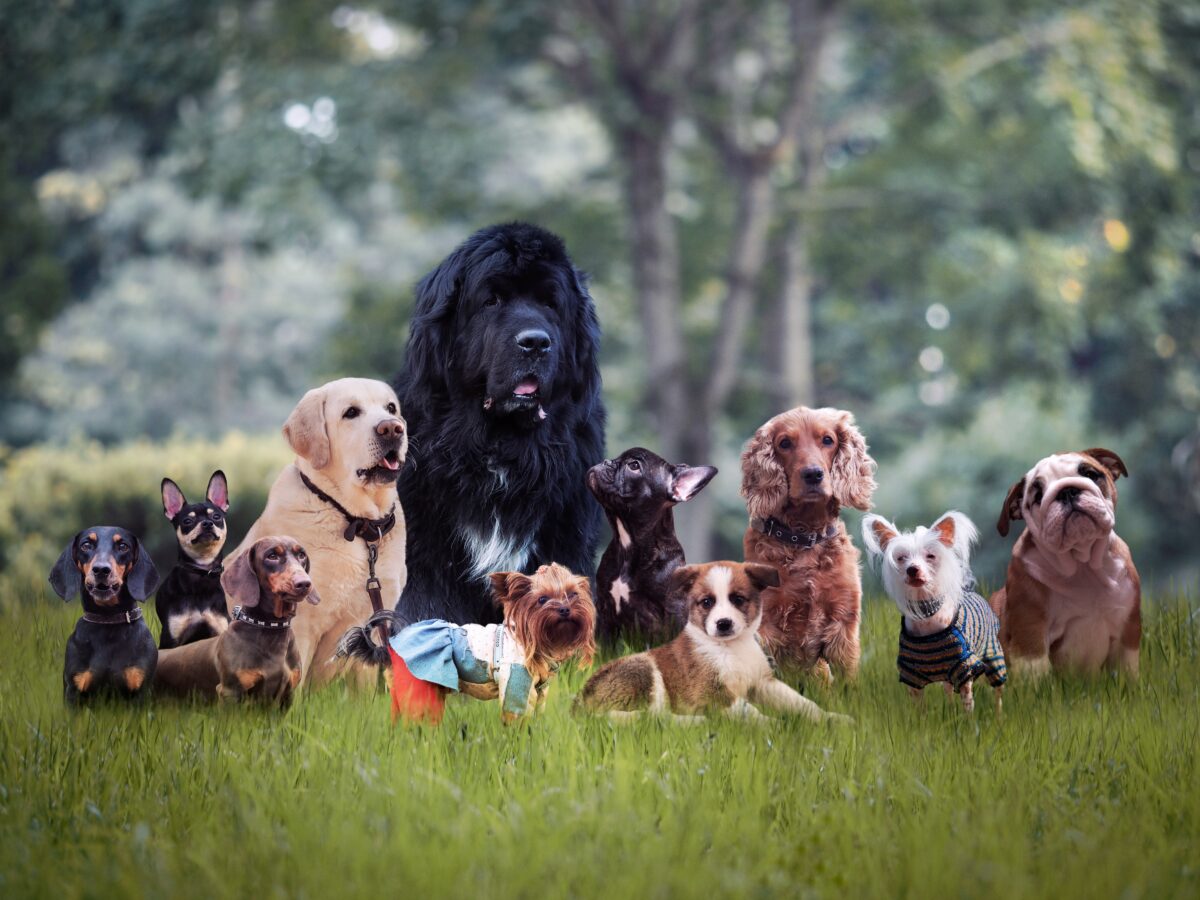Dogs are man’s best friend and part of the family. If you’re a pet owner and thinking about adopting a new dog but don’t know what dog breed to get, this article is for you.
It’s crucial that you carefully choose the right fur baby, especially if you live with your family, as not everyone might appreciate the dog breed.
Also, you need to be sure about getting a dog. Don’t discard them when you get bored. Dogs are not toys that you can just toss around. They have feelings like human beings.
Continue reading for factors to consider in choosing a dog.
Size Matters
Before getting a dog, you should consider how much space you have in your home or apartment. Size is a significant factor that you and your family need to consider before selecting any breed.
If you have a spacious house with a backyard, you can go for medium or large dog breeds. It should give your fur baby enough space to play, roam around, and poop in the backyard.
On the other hand, a small dog breed is suitable if you live in an apartment or a condo unit. These rarely need to go outdoors. Keep in mind that although tiny dogs don’t require a lot of room, most of them are prone to accidents around the house. Perhaps they’re too little, and you didn’t notice that you’re already stepping on their tail or paw.
Large canines may also cause damage to your furniture. They’re not ideal for tiny homes because being confined to a tight space doesn’t give them enough room to release their pent-up energy, making them prone to behavioral problems.
Here are examples of dog breeds in different sizes:
- Small-Sized Dogs: Bichon Frise, Dachshund, Maltese, Pomeranian, and Pug.
- Medium-Sized Dogs: American Foxhound, Bulldog, Chow Chow, Dalmatian, and English Springer Spaniel
- Large-Sized Dogs: Akita, Doberman Pinscher, Great Dane, Mastiff, and Siberian Husky.
Grooming Needs
Every dog needs to be groomed. It’s advisable to start getting your puppy groomed when they’re around 10 weeks old. Some dog breeds require a little more based on their coat type. If you have hairy dogs, you’ll need to groom them regularly.
Furthermore, most short-haired and smooth-coated dogs shed a lot. Hence, you’ll have to vacuum or sweep the floor and other parts of the house frequently.
Additionally, some breeds are more susceptible to diseases than others. And dogs with floppy ears are prone to ear infections and require regular ear cleaning.
Life Stages
The dog’s personality evolves with every life stage: puppy, adolescent, adult, and senior.
During the first six months, puppies require a lot of training and attention. Hence, they’re best for families that can devote more time and patience. The entire process won’t be easy, and there will be a lot of damaged furniture and other items in the house.
But on the bright side, they’ll eventually mature as they age. It’s like watching a kid grow up right before your very eyes.
Now, adult dogs are already house-trained and a lot calmer than puppies. Additionally, you know what to expect with older dogs, and you’re familiar with their medical history.
Fits Your Lifestyle

Look for a dog that matches your stamina. If your family lives an active lifestyle, high-spirited dogs are suitable. They will complement your energy, and you can do many outdoor activities together.
But if you’re more of a laid-back household and prefer taking strolls around the block or park, go for low-energy dogs.
If you randomly choose a dog, you may get frustrated or bored.
Here are several dog breeds classified according to energy level:
- Active Dogs: Border Collie, Jack Russell Terrier, Weimaraner, Belgian Malinois, and Boxer.
- Couch Potatoes: Cavalier King Charles Spaniel, Saint Bernard, Basset Hound, Pekingese, or a Neapolitan Mastiff.
Distinguishing Traits
Dogs have distinct characteristics. Thus, choosing the right breed suitable for the entire family is crucial.
If you’re sensitive to animal fur, consider hypoallergenic breeds such as Affenpinscher, Bolognese, Chinese Crested, Löwchen, and Yorkshire Terrier.
Families with infants or small children should get kid-friendly dogs like Bernese Mountain Dog, Golden Retriever, Beagle, Poodle, and Cocker Spaniel.
If you live in an apartment with elderly neighbors, select from dog breeds that fit a quiet neighborhood, such as French Bulldog, Australian Cattle Dog, Shar-Pei, Greyhound, Shiba Inu, and Shih Tzu.
Suppose you need guard dogs to watch over your house and the entire property. In that case, it’s ideal to get three from the following dog breeds: Appenzeller Sennenhunde, Bullmastiff, Cane Corso, German Shepherd, or Rottweiler can help secure your home.
Conclusion
Choosing the best dog breed for you and your family can make all the difference. You’re not only adding a new member to the family but also giving the dog a home.
Many dogs have been abandoned, ending up in shelters. By adopting one or two, you’re giving them a chance at a better life. Buying a dog will do just as well, but be sure to take good care of them.
